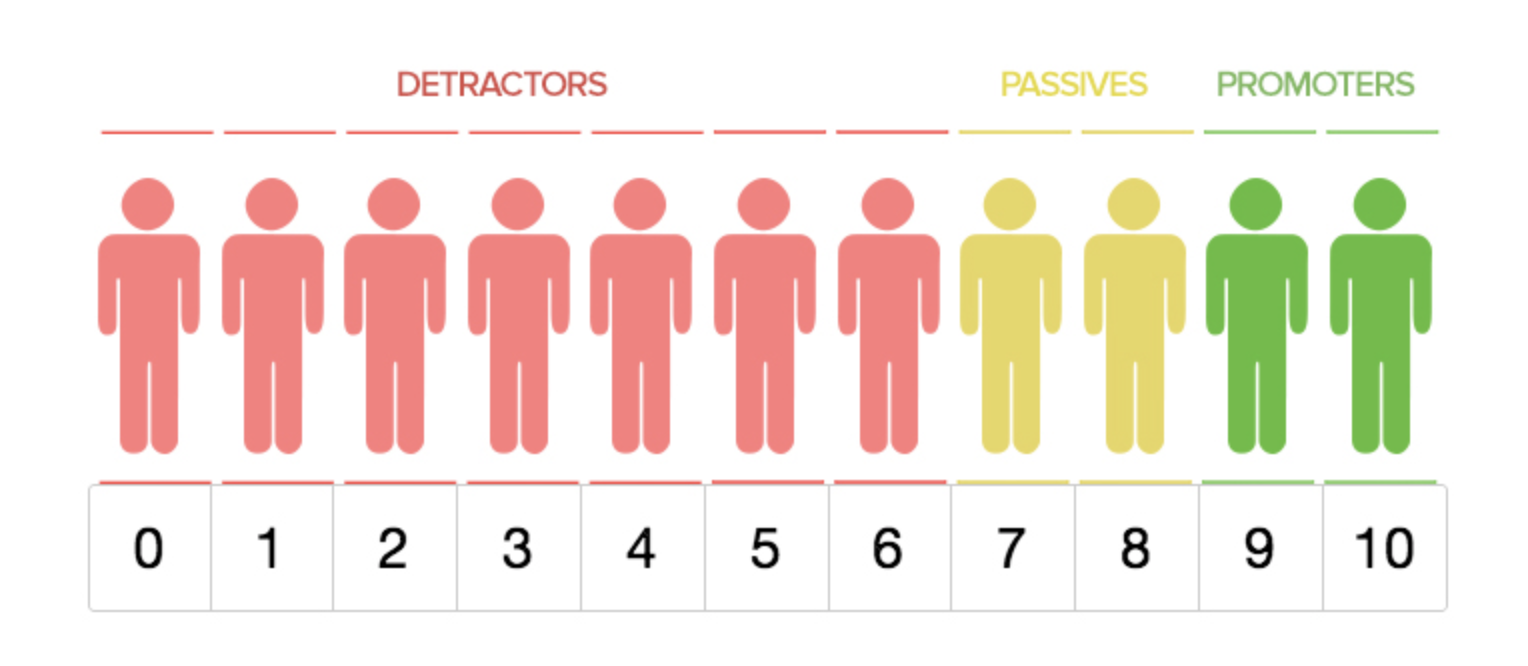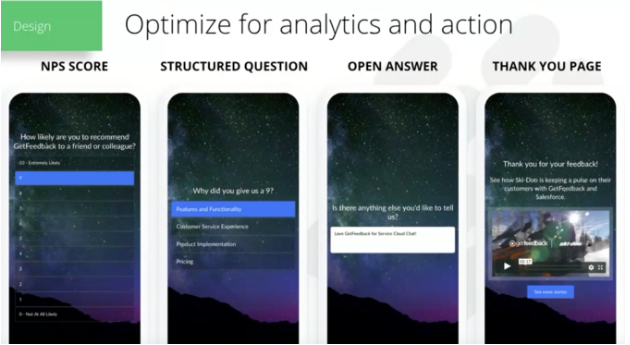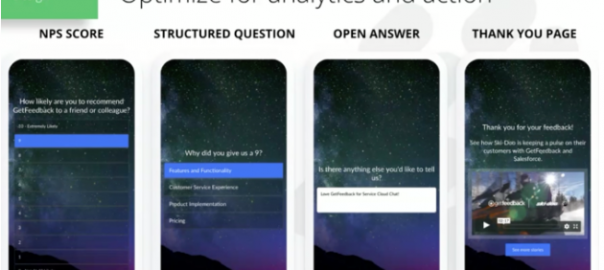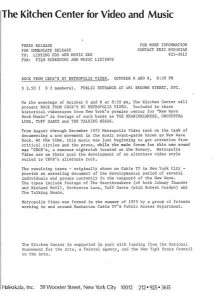— March 20, 2019
The Net Promoter Score (NPS) metric is the perfect way to determine which customers are your brand advocates (NPS Promoters), which customers are moderately happy with your brand (NPS Passives), and which customers have encountered a bad experience along the way and would not recommend your services or products (NPS Detractors).

It’s never fun to encounter Detractors, but the good news is that, with a little TLC, they can be turned into Promoters. This post will cover the top ways you can turn NPS Detractors into Promoters and improve your company’s overall customer experience.
Focus on building a successful NPS program
Turning NPS Detractors into Promoters starts with taking a complete look at your NPS program and making a few important tweaks to it.
Here are the top 3 things you need to do to make sure your NPS program is working in your favor.
1. Strong NPS survey design
The first part of building a successful NPS program involves making sure your online surveys are strong and built correctly.
This means investing in a customer feedback solution that allows for mobile-friendly, aesthetically pleasing, and fully optimized surveys. Let’s look at each element individually.
Mobile-friendly
According to a recent analysis, 47% of total surveys are completed via a mobile device. The same pattern is visible across all industries. Back in 2015, an estimated 30 to 40% of surveys were completed via a mobile device, and as of January of 2018, that number had grown by 16%.
This isn’t shocking, considering how much society relies on mobile devices for engagement. So, if you choose to distribute an online survey that isn’t mobile friendly, you could be missing out on more than a handful of potential respondents.
Statistics show that regularly multi-questions survey response rates are just over 3%. But, NPS surveys score much over the norm, with an average survey response rate of 30 to 40%. The key to keeping those rates high and viable is making your surveys mobile-friendly, short and sweet, and in the context of customer interaction.
Aesthetically pleasing and fully optimized
The next element of a strong online survey design includes making your survey look good and optimizing it fully.
Unless you’re a professional survey designer, the best option for survey design is to pick one of the templates from your survey software. Once you’ve picked a template, you can customize it to your liking. This will help ensure that your survey colors match, your images and videos are the right sizes, and that your fonts match. With survey software, all the hard design work is done for you. All you have to do is customize your branding and questions.
Next, you need to structure your survey questions for maximum engagement. This means including the most important questions first.

When looking to identify Promoters and Detractors, it’s important to put your NPS question first. This is a scaled question asking how likely the customer is to recommend your company to a friend.
Next, include a structured question. This will most likely be an automated multiple choice question asking why the respondent gave the score they did. Remember, with a feedback solution, you can set a different question to trigger based on the number they selected in the previous question.
Next, include an open-ended response. This offers the respondent a chance to elaborate if they wish.
Finally, include a customized thank you page. Just like with your second question, you can set a trigger for a different thank you page to appear based on the respondents choice. For example, if someone selects a 6 or below, you can include a message that lets them know you have work to do. This will show them you are listening to their concerns. If they gave you a 7 or above, use that thank you page as free marketing real estate and link to a video advertising other products.
When you thoughtfully design your surveys, you’ll see your survey response rates improve.
2. Thoughtful distribution of your NPS survey
The next key to turning NPS Detractors into Promoters lies in thoughtful distribution. Rather than sending out an annual NPS survey, you should send it out immediately after key touch points throughout the customer life cycle. Yes, this will happen at different times for different customers. This means you need access to top-notch software that allows you to integrate with your CRM and automate the distribution process.
With Salesforce, you can easily set up NPS surveys to be sent out automatically based on a timeline. We’ve found that this “always-on” approach works. We found that its best to send one 90 days after a customer has signed up, quarterly until renewal, and then a few days before it’s time for a customer to renew.
The “always-on” approach is more manageable and allows your customer success agents to address the concerns of NPS Detractor in real-time, instead of trying to throw a hail mary and save an unhappy customer right before renewal. This approach also surprises and delights customers, because you’re responding immediately to their concerns.
3. Act on your NPS score
It’s time to get real. Ask yourself what your organization is doing the moment you receive a low NPS score. If the answer is your customer support team is reaching out immediately to address the problem, then bravo!
If not, here is where you can make some changes.
Integrate your feedback with your CRM
By integrating your customer feedback solution with Salesforce, you can automate workflows and trigger notifications immediately when a low NPS score comes in. This gives you the opportunity to make things right immediately.
This is especially valuable considering 33% of Americans say they’ll consider switching companies after just a single instance of poor service, and Americans tell an average of 15 people about a poor service experience, versus the 11 people they’ll tell about a good experience. And, on the flip side, 7 out of 10 U.S. consumers say they’ve spent more money to do business with a company that delivers great service.
Bad experiences are often highly emotional, and when you respond immediately to a concern, you give your customer service managers an opportunity to deescalate a situation and turn it into a positive situation.
An added benefit of integrating your feedback with your CRM is you no longer are siloing valuable customer feedback. Instead, you can embed your feedback data right into the client contact information. Then, everyone at your company has complete visibility into customer insight when interacting with customers.
Follow up with the NPS Detractors
Engaging with NPS Detractors is extremely important because these customers are at high risk of churning. A low NPS score is a warning, but it’s also a chance to resolve issues and win your customer back. In fact, 95% of customers will give you a second chance if you handle their complaint successfully and in a timely manner.
Connecting with Detractors can also help prevent negative word-of-mouth. It’s an opportunity to address their problem and show them you care. And when that happens, they’ll be far less likely to complain to friends and family.
As with Passive customers, if your Detractor hasn’t left any commentary with their score, then try to get more details. They may not have expected anyone to review their feedback. Hearing from you may be a pleasant surprise that gives them the confidence to fill you in on their issue in the hope that you’ll help fix it. See below for an example:
Thanks for responding to our NPS survey. We’re sorry to hear that you wouldn’t recommend us, and we’d love an opportunity to learn more about what we could do to improve. What could we be doing better?
Once you have sufficient information, start by apologizing for any wrongdoings or, at the very least, acknowledging the negative experience. It may not always be that you’ve made a mistake, but you can almost always sympathize with the challenge the customer has faced. Doing this shows the customer that you’re aligned with them, that you’re on their side and ready to help.
Next, work on a solution. Like Passives, Detractors may simply need education on the product, but they’re also more likely to have encountered a problem, like a bug or service failure. Take steps to resolve it and let them know what your team will be doing to prevent a similar experience in the future.
In some cases, your solution may be far down the road. When that happens, be upfront, then reach out to them in the future to let them know what you fixed or changed as a result of their input. Here is an example:
A while back, you responded to our NPS survey with some insights and a request to change our billing options. I’m happy to announce that we’ve made some exciting changes as a result of feedback from customers like you. You can read more about them on our blog!
Engaging with Detractors can help you proactively prevent customer churn by uncovering and solving problems. Even in the event that a customer ends up churning, a follow-up conversation with them can at least leave them feeling heard and respected, increasing the likelihood that they’ll be back in the future.
Business & Finance Articles on Business 2 Community
(80)









